In 62 days I traveled through Hong Kong, Thailand, and Cambodia, a journey of 18,850 miles with 17,000 miles by air, 1,800 miles, by bus, jeepney, moto-trike, and walking, and 52 miles by boat. My cost was $3,230. My average daily cost was $52.
My hotel costs were $1,117.91 for an average of $19.96 per night. Most of the places had A/C, were very clean and neat, and had in-room bathrooms with hot water showers, in-room WiFi, and a TV.
My food costs were $1,600 for an average of $25 per day. By comparison, my South American trip averaged $23, my Philippine trip averaged $42 per day, my 2014 Trans-Siberian and SE Asia trip was $28 and my 2012 Brazil trip was $38.
My total Travel costs (including airport fees and tours) were $530.
The United Mileage Airfare trip from SEA via San Francisco, Beijing with an 8-day stopover in Hong Kong and then on to Bangkok, and return via Taipei and Incheon to Seattle cost 80,000 miles and $81. If I would have paid for these same flights, they would have cost me $3,713. The airlines I used included United, China Air, Thai Air, and Asiana Air. The flight time from SEA to Hong Kong via San Francisco and Beijing is 19 1/4 hours and 7,909 miles. The flight time from Bangkok via Taipei and Incheon to Seattle is 19 hours.
AirAsia flight from Phnom Penh to Bangkok was $78.

The Koh Kong tour was $30.
Potable Water
Many travelers and locals buy and use plastic water bottles. I don’t like to see such a waste of resources with the bottles just going into landfills, tossed aside, or recycled. I continue to use a SteriPen Freedom along with a wide-mouth plastic bottle. The recharger cable for the SteriPen had a USB connection and also worked recharging my Logitech keyboard so I could use the iPad charger for this without bringing both the SteriPen and Logitech charger which saved me about 4 oz. The purification process was quick—-about 1 1/2 minutes of Ultra Violet light and no chemicals. I had no intestinal problems during the trip. I figured on a 62-day trip, I must have saved over 80 liters of bottled water by using my SteriPen.
No more travelers check and no more big money belts with a large stash of USD now that ATMs are so popular.
I begin my trips with about $300 USD in $20s and about 10 one-dollar ($1) bills just in case I cannot locate an ATM machine.
Since the fee is usually the same whether you take a small amount of money or large, I usually get a larger amount like around $250 to $300 USD in the local currency if the machine has that high of a limit.
In Cambodia, I was able to use the USD that I got from their ATM machines. The Riels were generally given as change instead of coins along with dollars.
At some hotels and better restaurants, I was able to use my Visa Credit card. A few charged a 1-3% service fee.
Frequent Flyer Miles
I just revised the number of frequent flyer mileage trips I have taken since 2000, and I have taken 29 international flights to Europe, Asia, and Latin America using frequent flyer miles; plus another 17 to Mexico using a combination of frequent flyers miles or companion tickets (Alaska Air). So far I have used 1,845,500 miles for my trips which otherwise would have cost over $71,111.
We use our credit cards for almost all purchases to rack up a lot of miles. I do what is called "churning" my credit cards. To learn more about "churning" and how to maximize the frequent flyer programs go to the Frugal Travel Guy website or similar sites.
Still Loving My Mini-iPad
I have loaded the Lonely Planet travel guides for Hong Kong, Thailand, and Cambodia to my Kindle APP on my mini-iPad. Again this saves me from hauling around about 3 lbs of books. I still cut out the city sections including the maps and put each in a ziplock bag for easy reference. When I am done with them, I leave them at the hotel I am staying at so others may enjoy it.
I use the iBook feature for some of the books and reports I have, but I still prefer picking up used fiction books along the way.
Other travelers and locals enjoyed seeing the photos and videos I had on the mini iPad, especially when they were in the pictures.
I use it to keep a record of all of my expenses as I travel on the Numbers spreadsheets.
I have a compass app I use to check the directions to walk when confused, especially in the cities.
The world clock feature is useful when calling home or teleconferences.
I also use the alarm clock feature when I need to get up early for travel.
WiFi spots at hotels, guesthouses, restaurants, airports and other locations are much more available throughout the tourist areas than found at home.
The battery life was generally not a problem. I found it easy to recharge at most stops.
My Luggage
My total pack weighed 6.8 lbs. It included toiletries, a rain jacket, two shirts—one long sleeve and one short sleeve, one pair of socks, one pair of underwear, a swimsuit, PJ bottoms, a small towel, chargers for cameras, Steripen and iPad, and a half-liter plastic wide-mouth bottle. I use gallon and quart zip lock bags to protect my clothing and papers from getting wet. If clothing wore out, I would just buy replacements.
In my Ecuador “man bag”, I carried my video and still cameras, iPad, sunglasses, pen, and city maps
My shirts, socks, pair of pants, and underwear worked well with the frequent washings.
My rain jacket was useful for the occasional heavy rains.
My eye mask was useful for the night bus and plane rides.
Travelguard Insurance
Rather than buying individual trip insurance, I buy annual trip insurance from Travelguard for $267 per year. It covers you for trips further than 100 miles from home and for trips from home up to 90 days at a time. This provides for emergency medical evacuation and care, loss of baggage, theft, trip cancellations, etc.
Unless you have the original receipts for your travel things, they will not accept your claim. They also do not reimburse for lost cash. As a part of the filing process, you have to submit your homeowner's insurance declaration sheet that shows what your deductible is. Mine is a $250 deductible per loss. They have a limit on electronics claims to $500.
Subscribe to my YouTube Channel
I have recently uploaded all of my travel videos to YouTube now that they allow longer uploads. I have also added other shorter travel videos.
That link is https://www.youtube.com/c/huntforgold
If you do go there, please subscribe to my video channel since it will help me eventually get some income there and help with my future travels.
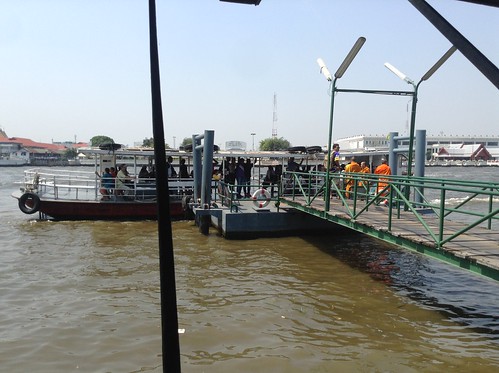
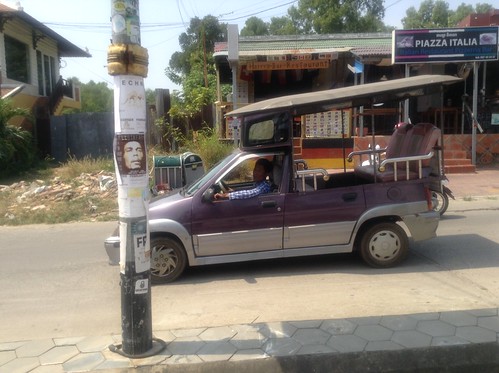

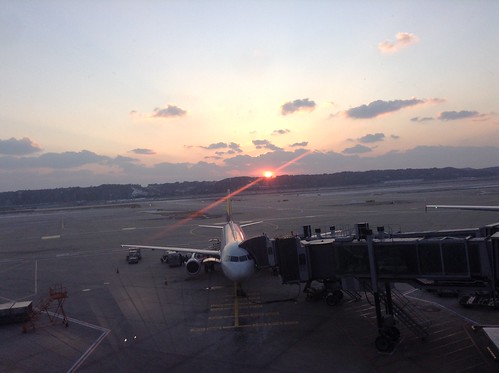






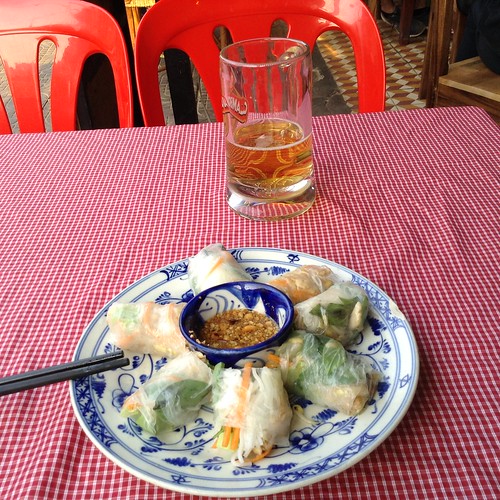

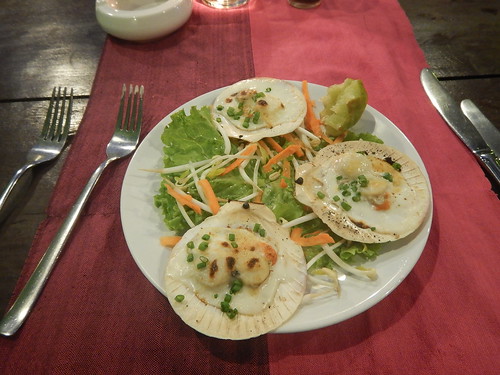

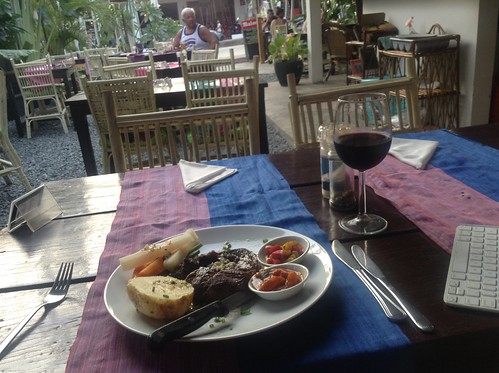

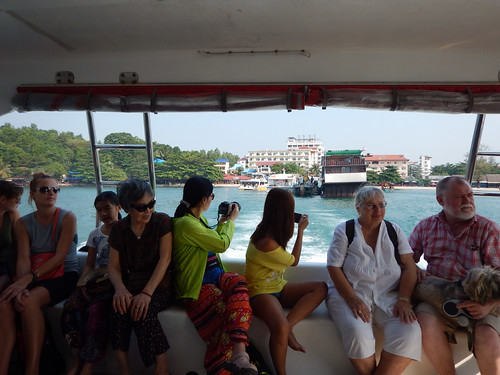
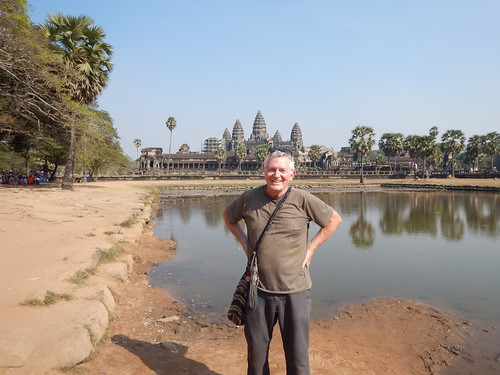

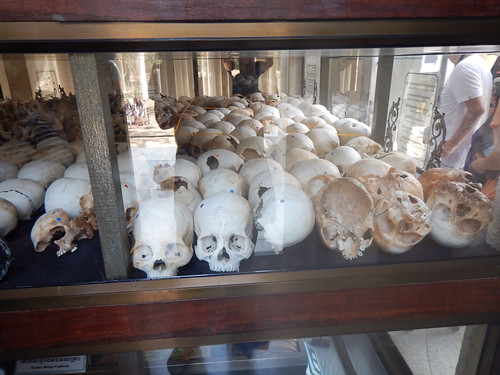
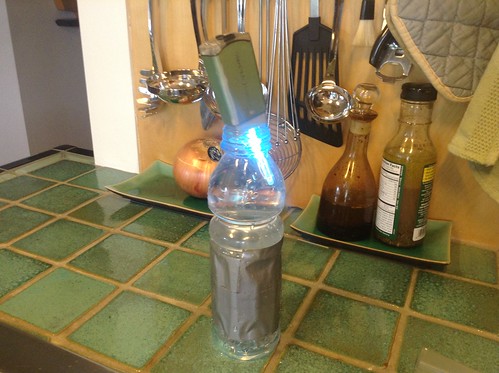
No comments:
Post a Comment